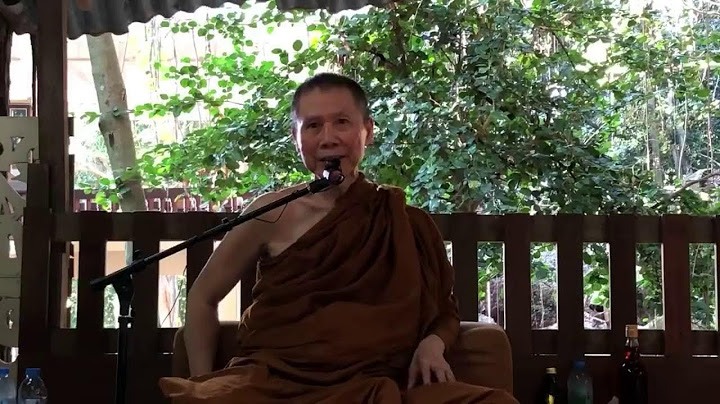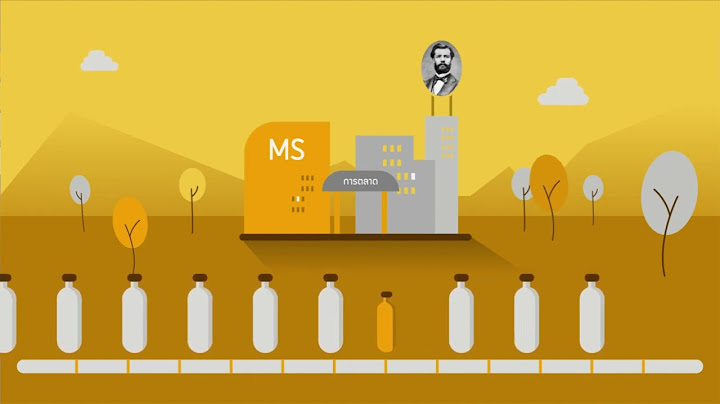The are unconfirmed reports that a painting by Paul Gauguin has sold for $300m (£197m), which will be the highest price ever paid for a work of art. The sale of the 1892 oil painting, “Nafea Faa Ipoipo (When Will You Marry?),” was confirmed by the seller, Rudolf Staechelin, 62, a retired Sotheby’s executive living in Basel, Switzerland. It is rumoured to have been purchased by a Qatari buyer. Paul Cézanne’s “The Card Players”, previously considered the world’s most expensive art purchase, was sold to Qatar for $250 million in 2011. Click here to view image. The painting has sold to Qatar for a reported £197million. Picture: Daily Mail The painting, which depicts two young Tahitan girls in colourful clothes, was completed by Gauguin during his first visit to the island, where he went to escape “everything that is artificial and conventional” in Europe. It belonged to a valuable collection of Impressionist and Post-Impressionist art, which has been on loan to the Kunstmuseum Basel for nearly a half-century. Accompanying news of the sale, however, was Mr. Staechelin’s announcement said that his family’s trust was ending its loan to the Kunstmuseum as a result of a dispute with the local canton. Nafea Faa Ipoipo will still be on display at a special Gauguin exhibition opening this month in Basel at the Beyeler Foundation before the collection travels to the Reina Sofía museum in Madrid and the Phillips Collection in Washington. The buyer will take ownership next January, Mr. Staechelin told the The New York Times.
เป็นภาพที่มีการซื้อ-ขายที่แพงที่สุดของโกแก็ง ราคา 300 ล้าน USD. ภาพเท่าขนาดจริง งานพิมพ์หมึกน้ำมัน บนผืนผ้าใบ ใช้เทคโนโลยีระดับ HD -กรุงเทพฯ ส่งฟรีถึงที่ (แถมใส่กรอบลอยฟรี) -ต่างจังหวัด ส่ง EMS ฟรี (ไม่รวมกรอบลอย) จำหน่าย งานภาพพิมพ์ลงบนผืนผ้าใบจากภาพวาดศิลปินปินดังระดับโลก ที่มาของภาพ เราได้ซื้อลิขสิทธิ์ภาพอย่างถูกต้อง จาก GALLERY ชั้นนำที่เข้าไปทำสำเนา (สแกนเนอร์ หรือถ่ายภาพ โดยเทคโนโลยีระดับ HD) จากภาพจริงจากผลงานของจิตรกรเอกของโลก ตามพิพิธภัณฑ์ต่างๆ ภาพเหล่านี้น้อยคนนักจะได้สัมผัสภาพจริงอย่างใกล่ชิด ทางเราได้ใช้ไฟล์ระดับ HD มาพิมพ์ภาพลงผืนผ้าใบโดยเทคโนโลยีล่าสุด โดยใช้หมึกสีน้ำมัน ทำให้ภาพที่ออกมามีสีสันเหมือนจริง รอยพื้นผ้าใบให้ความรู้สึกเหมือนภาพวาด ด้วยงานพิมพ์คมชัดระดับ HD ทำให้เห็นริ้วรอยต่างๆ ตำหนิของภาพ อารมณ์ของภาพ สำหรับนำไปตกแต่ง ประดับบ้านหรือคอนโด เพิ่อการศึกษา เป็นของขวัญให้ผู้ใหญ่ ขึ้นบ้านใหม่ เปิดกิจการ *ห้ามสำเนาภาพวาดเหล่านี้ไปดัดแปลง ทำซ้ำ ทางเราจะดำเนินคดีตามกฎหมาย สอบถามข้อมูลเพิ่มเติมได้ที่
099-454-6614 สำหรับมือถือ สอบถามข้อมูลคลิ๊ก >>http://line.me/ti/p/mA05YjBCVR    The French post-Impressionist Paul Gauguin (1848 –1903) arrived in Tahiti in 1890 determined to revitalize his art by immersing himself in what he considered to be a culture unsullied by western mores.In Where will you Marry, a younger woman in traditional dress stretches forward on the ground. She is looking back towards, and partially obscuring, a more matronly figure in a western style dress who raises her hand in a gesture of significance. The flower behind the girl’s ear is a traditional Tahitian symbol by which nubile women signal availability for marriage. At the foot of the image is an inscription in Tahitian: "NAFEA Faa ipoipo", which translates as: "When will you marry?" Many of Gauguin’s paintings from this time bore inscriptions in the language. The voluptuous sensuality of the woman is conveyed by the bright flat colours which Gauguin characteristically employed at this period. The style is somewhat naïve, with the simplified outlines he used to convey his ideal of primitive art. The forms are curved and full; the women seem to blend with the landscape as though they were growing like flowers from the green and yellow grass. There is, however, a note of apprehension in the furtive glance of the young woman, and this tension is heightened by the approaching figures who seem to be mere intruders into this scene of silent significance. He hoped to find a rural idyll in which he could discover and reflect a primitivism in artistic expression, a pure form of expression which was coveted by his contemporaries but which he felt could not be truly expressed within the trammels of conventional society and thought. The Tahiti he found could not live up to his expectations. The island had been colonized by the French since the 18th century, and much of the native culture had been subsumed under the influence of colonial rule. However Gauguin did find inspiration and this picture, painted on his first visit to the island, displays much of the freedom of imagination and expression he found there. |

กระทู้ที่เกี่ยวข้อง
การโฆษณา
ข่าวล่าสุด
การโฆษณา
ผู้มีอำนาจ
การโฆษณา
ถูกกฎหมาย
ช่วย

ลิขสิทธิ์ © 2024 th.paraquee Inc.




























